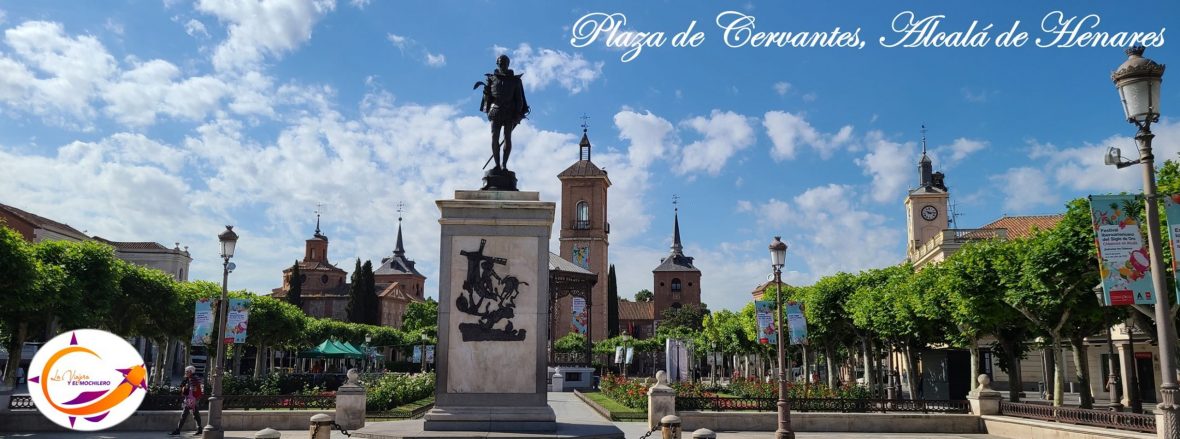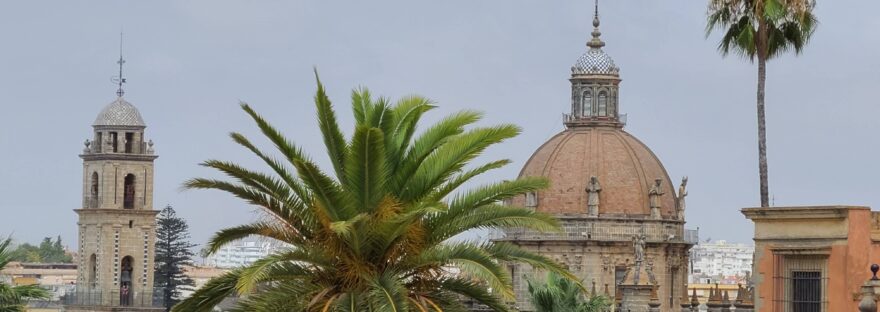When talking about Jerez de la Frontera, in the province of Cadiz, the first thing that comes to mind for obvious reasons, is its sherry. It is one of the most popular wines born in Spain and its wineries are internationally recognized. However, Jerez de la Frontera is much more than its wine. Its old town has monuments of incalculable value, such as its Cathedral.
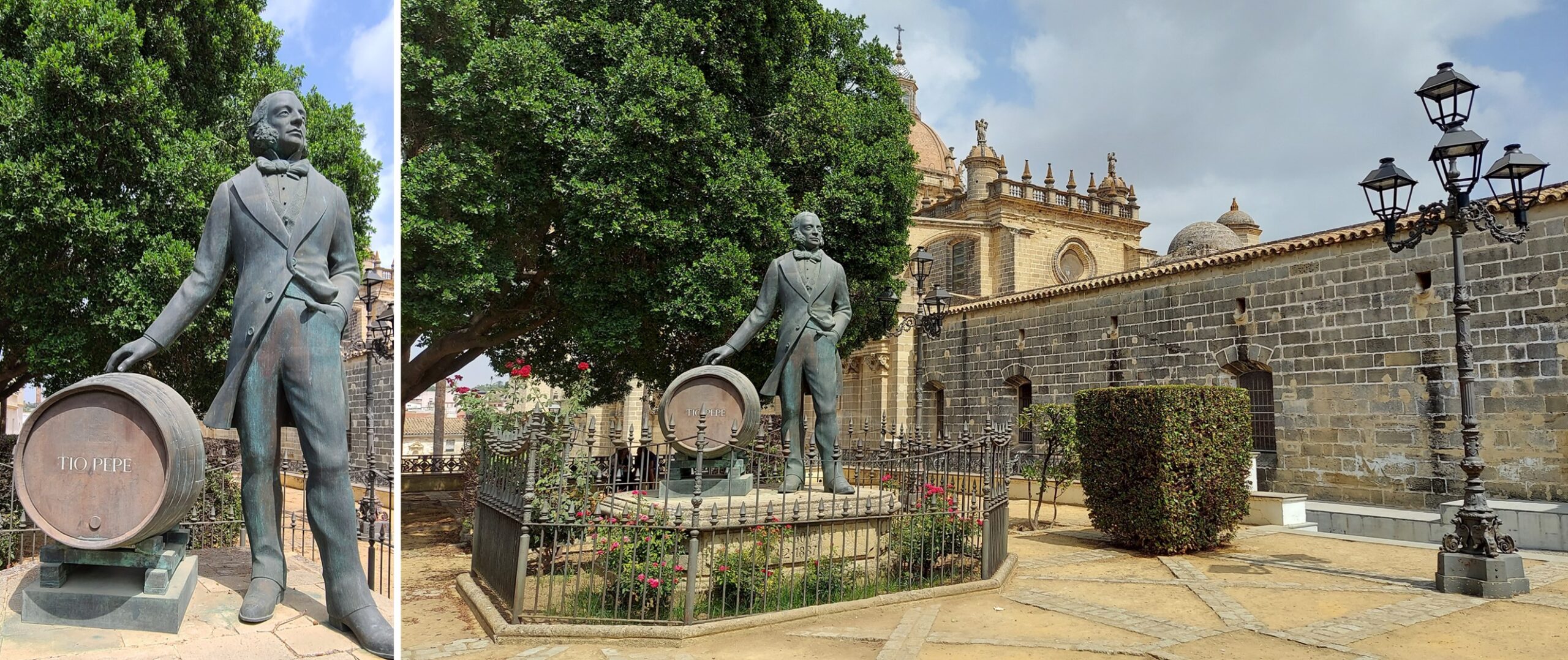
The Cathedral we know today was known for centuries as the Collegiate Church of “San Salvador”. Once Jerez de la Frontera was elevated to Episcopal see, its Collegiate was promoted to Cathedral in 1980.

It is said that it was built on the site of the minaret of the Almohad mosque and the old Church of the Savior (also known as “Casa del Abad”), of the twelfth century. In the year 1695, the existing church was destroyed, leaving only the tower separated from the temple and is organized in two bodies: the lower work of the fifteenth century, Gothic-Mudejar style and the upper, baroque of the eighteenth century. Its construction was probably upon the old mosque of the city from the Muslim era. The dome that decorates the highest part of the tower is comprised of tiles in the colors of the city’s flag. At the top, a weathervane in the shape of a cross was placed.
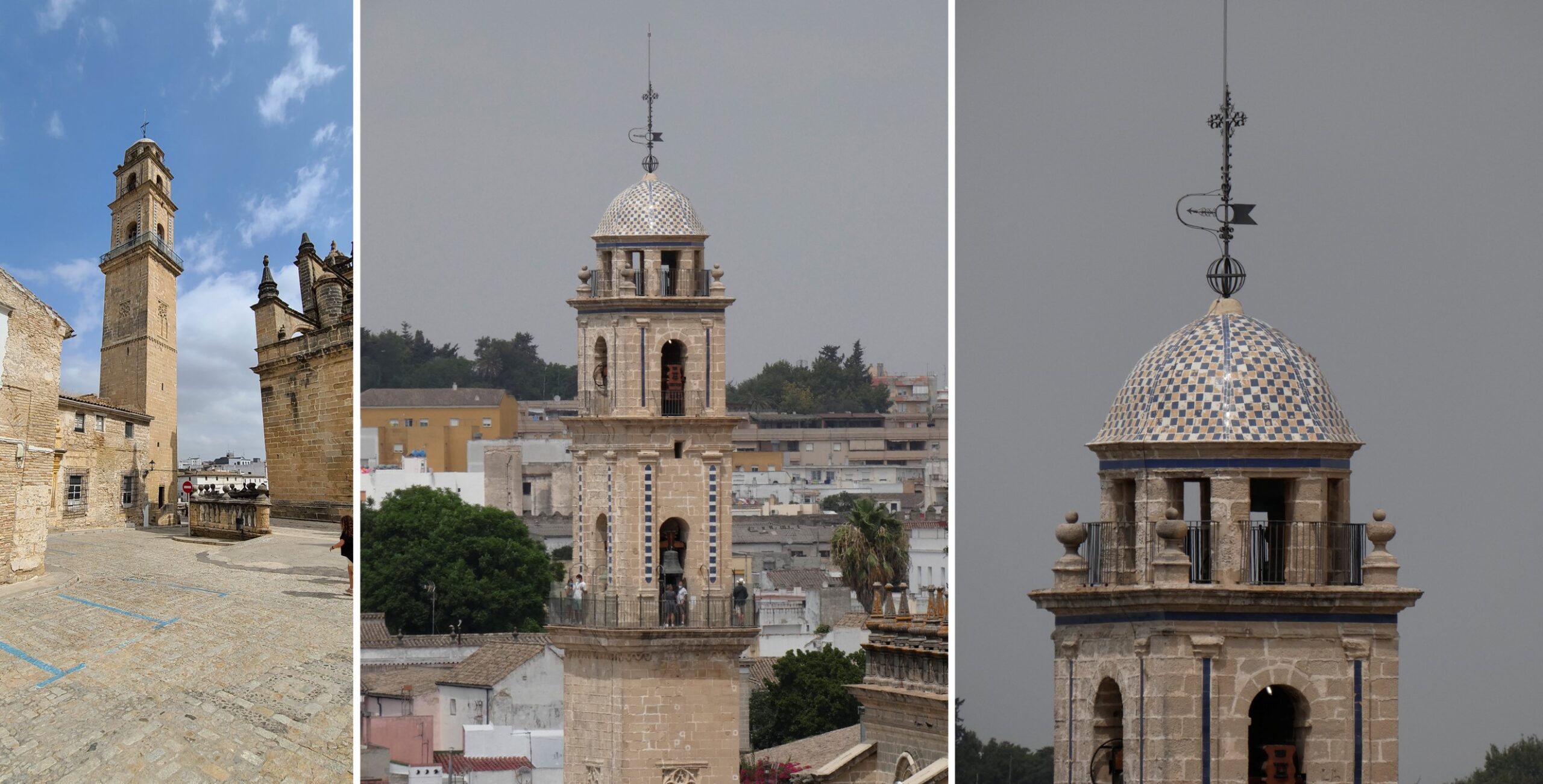
The building we see today was built between 1695 and 1778, the work extending over more than eighty years. The temple of ample dimensions, combines splendidly the gothic, baroque and neoclassic styles. From far away you can see its most characteristic elements, such as the enormous dome of the transept, the tower, the set of flying buttresses and its richly decorated baroque facades.
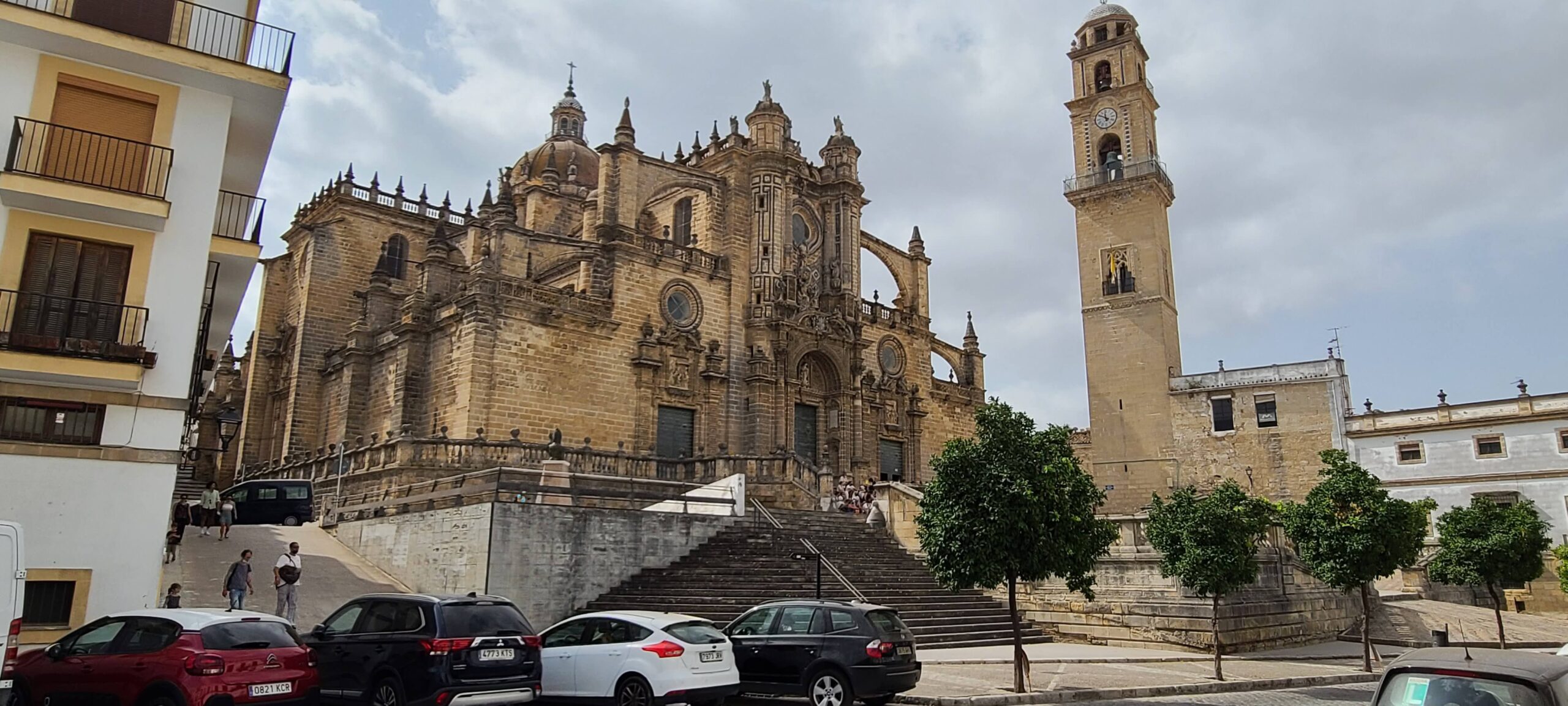
It is precisely the decoration of its facades, the most remarkable and beautiful elements of the temple. In its three facades, both Corinthian columns and a large number of bas-reliefs carved in stone are exhibited.
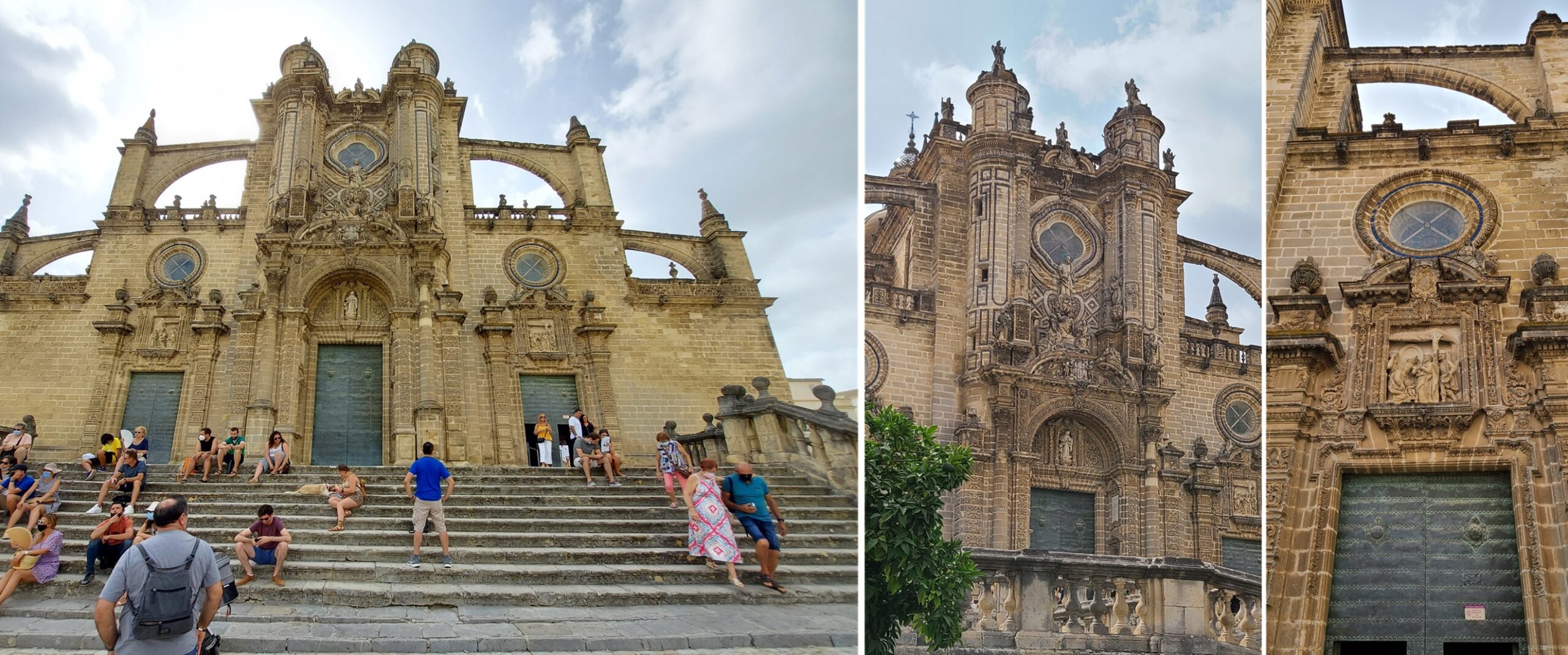
The main façade is the most spectacular of the three. We believe that, as the Cathedral is located on a high level and can only be accessed by stairs, the beauty of its façade is even more enhanced. It has three doors, over each one there is an oculus and a rich combination of columns and baroque decorations.
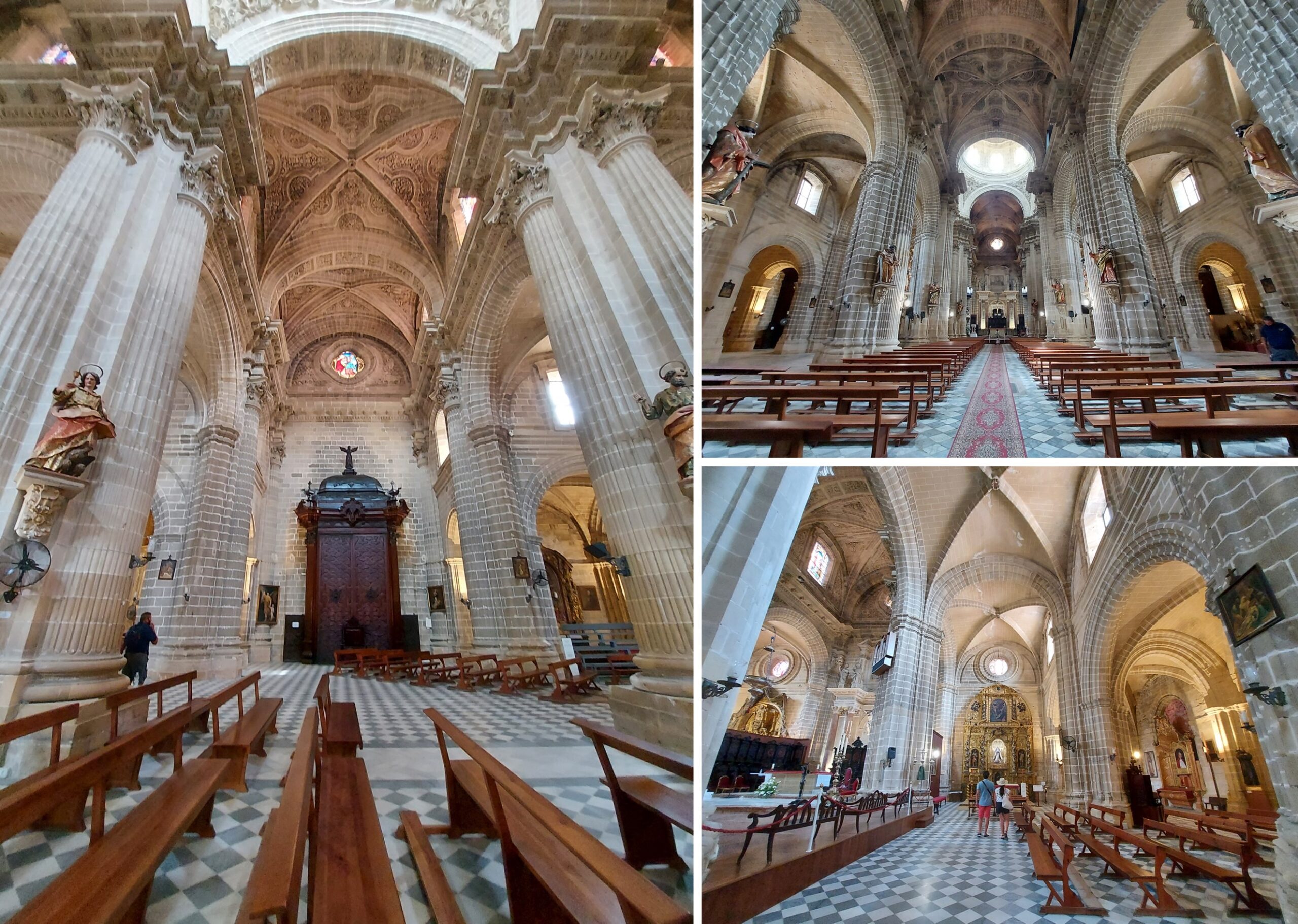
Once inside the Cathedral of Jerez, the monumental balance is impressive. Its rectangular layout includes five naves of different heights and its ribbed vaults are simple on the side naves, being the central nave and the transept where a great decorative richness is observed. It is where baroque elements are harmoniously combined with other neoclassical elements under a mainly gothic structure.

One can not help but to observe its beautifully constructed stained glass windows. Their shapes are diverse, some more rectangular, others round and cross-shaped, which makes this temple even more interesting. We share some of them where they show from biblical scenes, to the representative characters of the saints of the church.


At the intersection of the nave and transept raises its octagonal dome, with a height of 40 meters from the floor of the church and crowned by a cupola. On the edges of the octagon are life-size statues representing the holy doctors of the Latin Church.
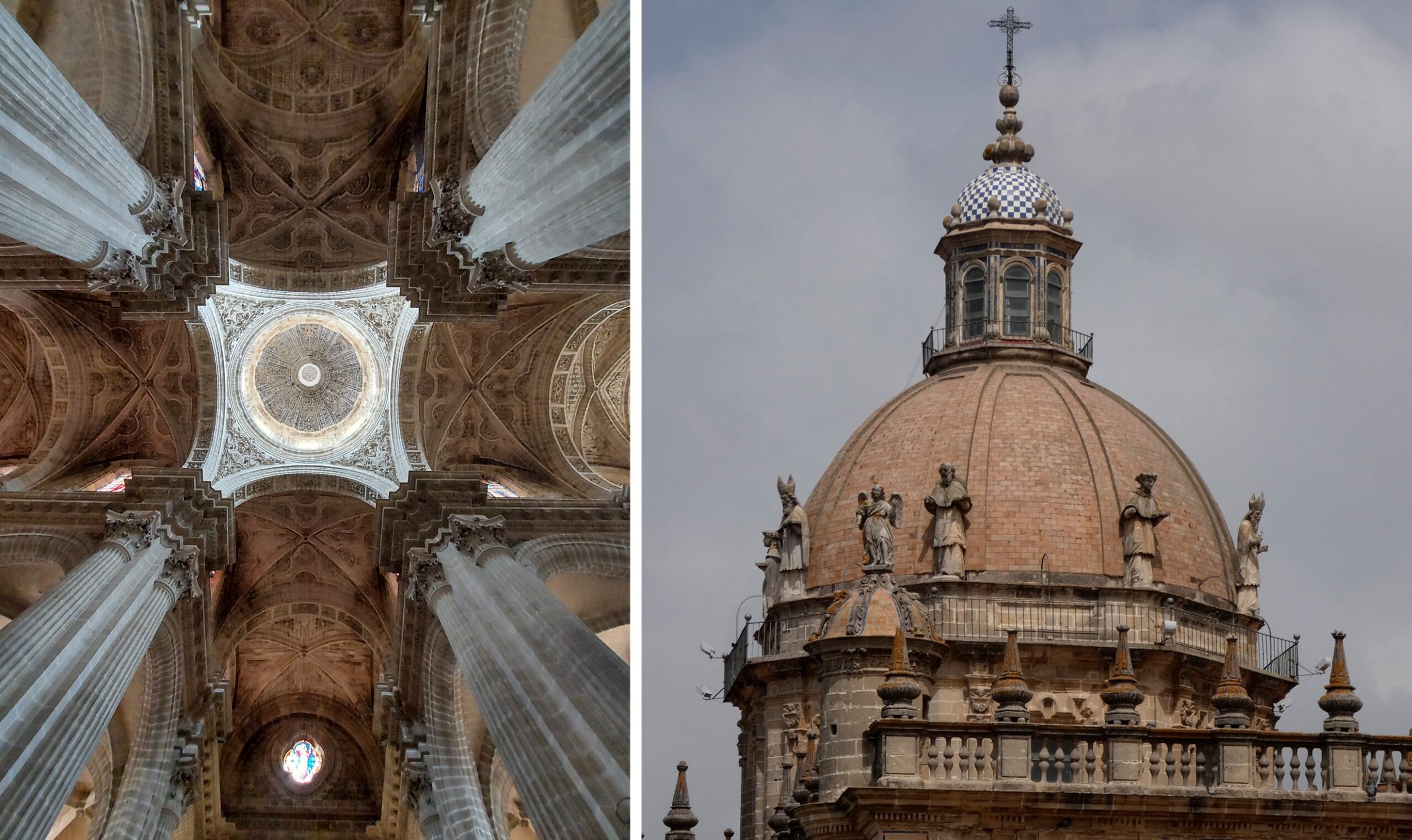
The building is made entirely of stone, except for the vaults of the lateral naves, which are of brick thread. The stones come from the “Sierra de San Cristóbal”.
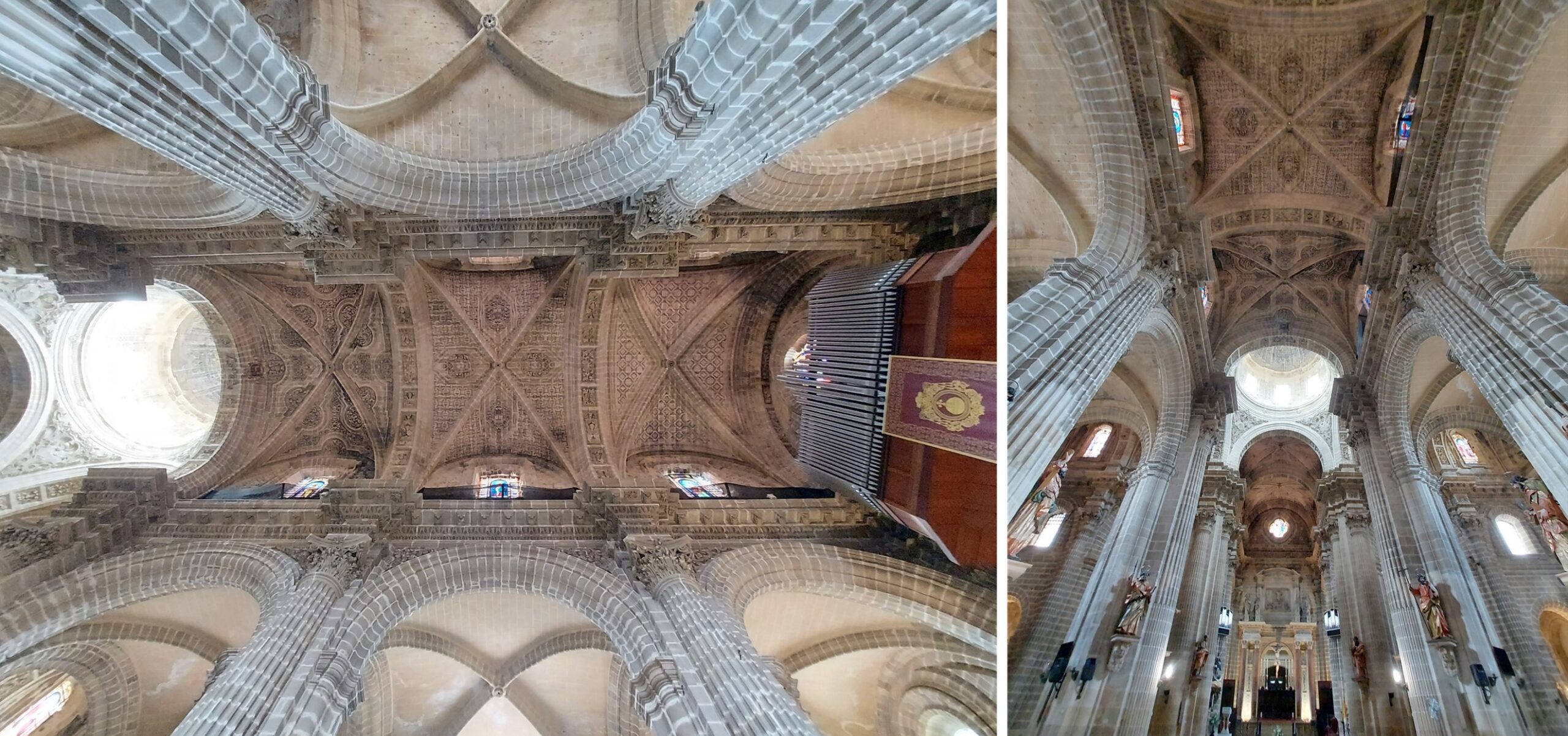
Its large arches are semicircular, creating different areas within the floor plan of the Cathedral of Jerez. The spaces are supported by monumental Corinthian columns. In addition, it has a series of very beautiful stained glass windows.
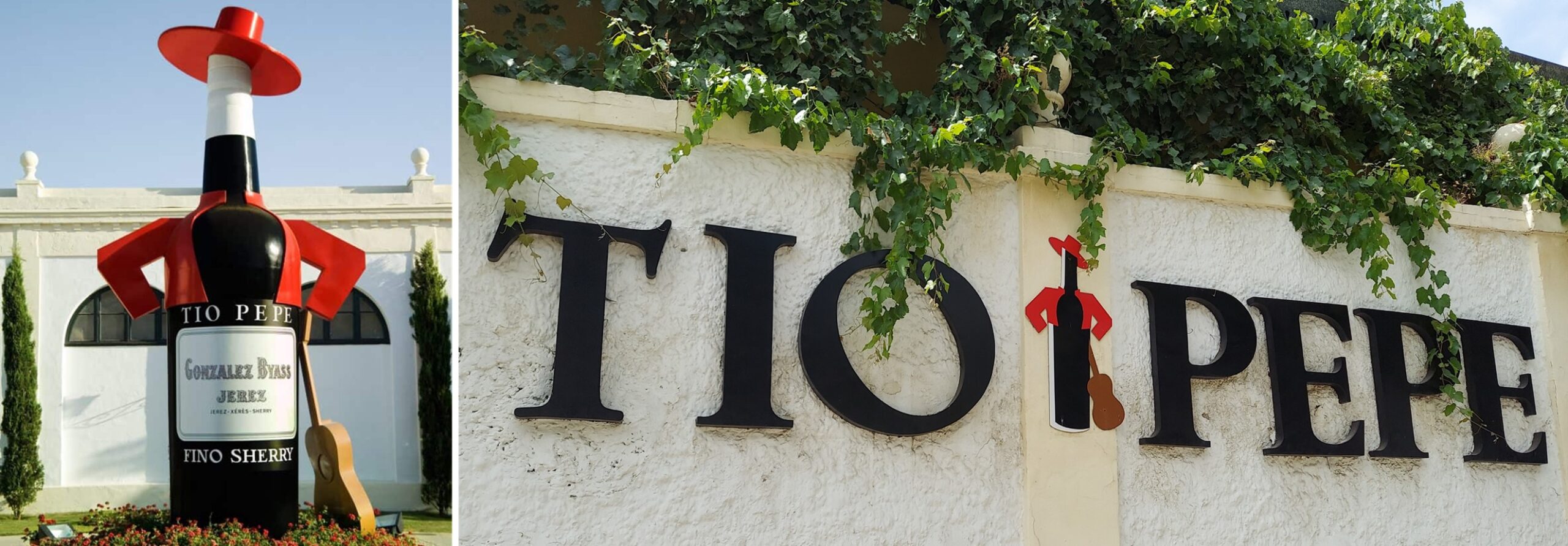
Curiously, the construction of the Cathedral of Jerez de la Frontera was paid for with a tax on sherry wine approved by the crown. So, its relationship with sherry is extremely important.
Resources:
- https://www.catedraldejerez.es/arquitectura/
- https://www.juntadeandalucia.es/cultura/agendaculturaldeandalucia/evento/catedral-de-jerez-de-la-frontera
- https://www.arteguias.com/catedral/catedral-jerez-frontera.htm
- https://es.wikipedia.org/wiki/Catedral_de_Jerez_de_la_Frontera
